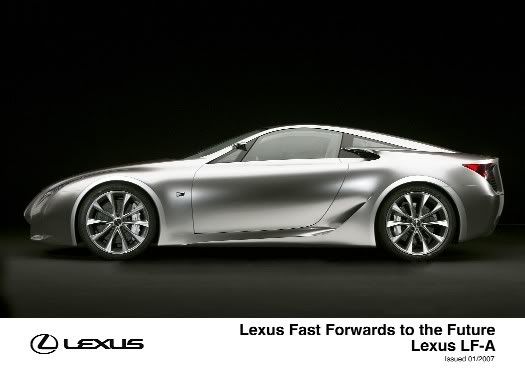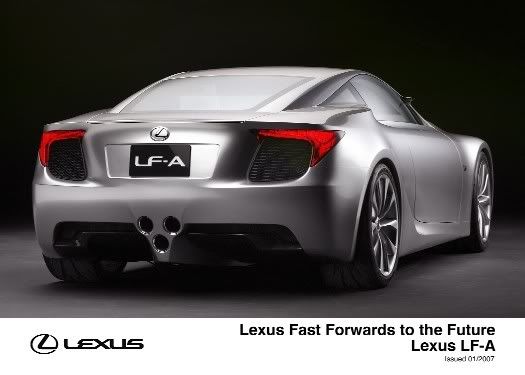
On mid or rear-engined cars this might not be unusual but the Lexus is a front mid-engined design. It seems to fly in the face of logic; the established convention for 110 years has been to put the radiator at the front of the car where it can receive the greatest flow of cooling air over its surface.

The idea isn’t as barking as you might think. Lexus claim to have done it to achieve the optimum weight distribution but it makes aerodynamic sense too. A car punches a big hole in the air at speed – a low-pressure wake similar to the wake following a boat as it moves through water. Air picks up heat as it passes through a car’s radiator, this makes the air expand. The heated air can therefore help to fill the low pressure wake behind the car.

What might be the practical drawbacks? The boot opening on the concept car looks quite small; will it accommodate the regulation issue two golf bags? The radiators might cook the luggage or anyone standing loading or unloading the boot. Then again Lexus have a reputation for being thorough. By the time the LF-A goes on sale in the Autumn or 2008 I wouldn’t bet against the drawbacks being overcome.

No comments:
Post a Comment